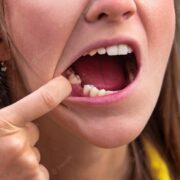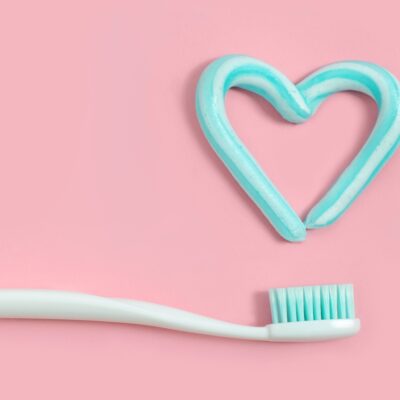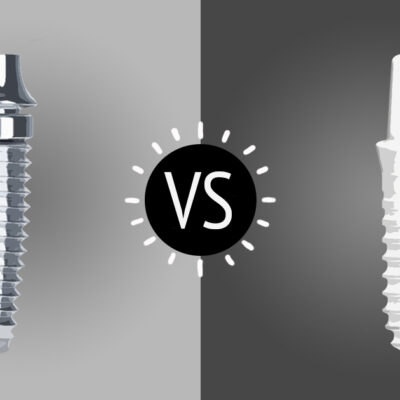When you think about the history of dentistry, what comes to mind? Maybe images of frightening torture devices and tools from 18th-century Europe. Or perhaps you imagine Victorian-era dental practices with patients in strange positions and operations performed without anesthetic. Unfortunately, this is a common perception of the history of dentistry as a profession. In fact, it dentist are one of the most people for your overall health. The roots of dentistry are actually much older than that—and more interesting than what you might expect. If you’ve ever wondered how this branch of medicine has changed over time, read on to find out more.
Who were the first Dentists?
In the course of human civilization, people have engaged in oral care for as long as they’ve had teeth. Cave paintings from ancient Egypt depict people using toothpicks, for example. The earliest known record of a specific person practicing dentistry comes from a Chinese textbook from AD 111. This text refers to a procedure for teeth extraction that sounds eerily similar to modern-day techniques. For the next several thousand years, dental practices centered around oral hygiene. While there were a few people who engaged in basic tooth extraction and filling, the profession of dentistry was not yet established.
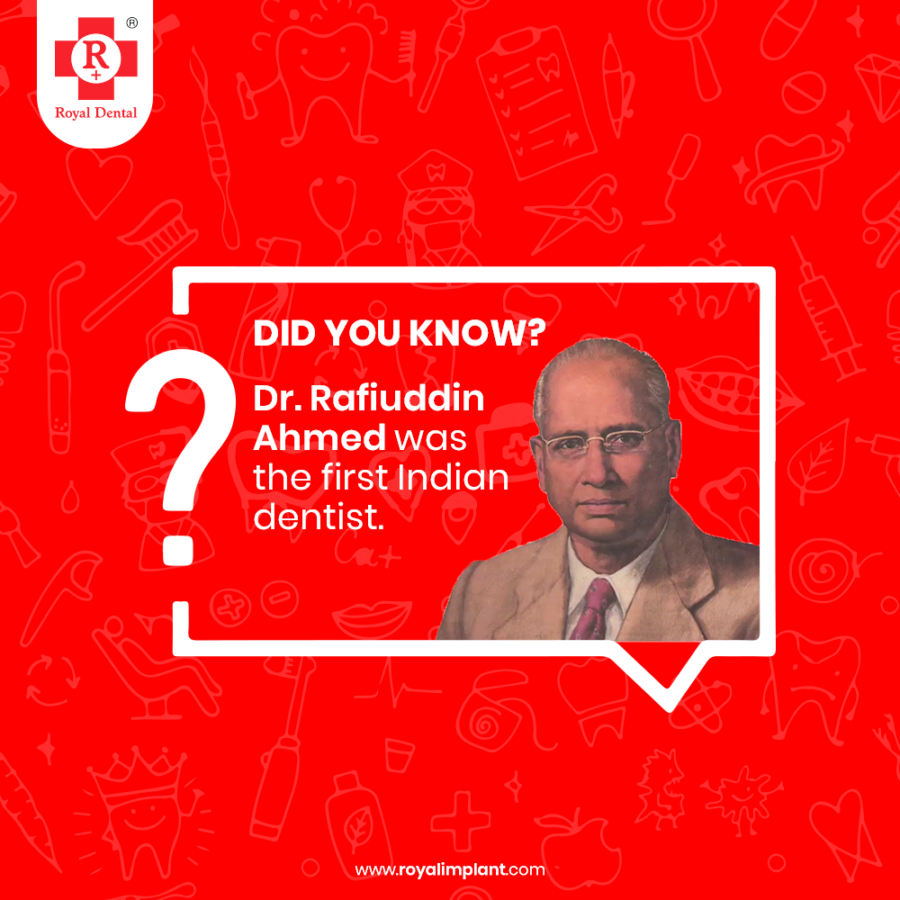
Ancient Roots of Dentistry
The earliest roots of modern dentistry can be traced back to four main civilisations: The Babylonians, the Greeks, the Chinese, and the Mayans. Each of these groups used a different technique to remove teeth—but they all understood the importance of oral hygiene.
While the Babylonians used a primitive type of drill to remove teeth, the Greeks used a variety of tools to clean teeth, including toothpicks and a type of primitive toothbrush. Mayan dentists also used a primitive drill, and the Chinese developed a type of toothpaste and toothbrush. The Mayans also pioneered the use of dental fillings, using a type of mineral-rich clay to repair cracks in tooth enamel.
19th Century Advances in Dentistry
As the Industrial Revolution took hold in the mid-1800s, dentistry began to advance at an increasing rate. The most significant breakthrough of the period was anesthesia, which allowed dentists to perform operations pain-free for the first time in human history. The first dental school in the United States opened in 1840; and by the turn of the century, most cities had a dental dispensary where low-income people could receive free care.
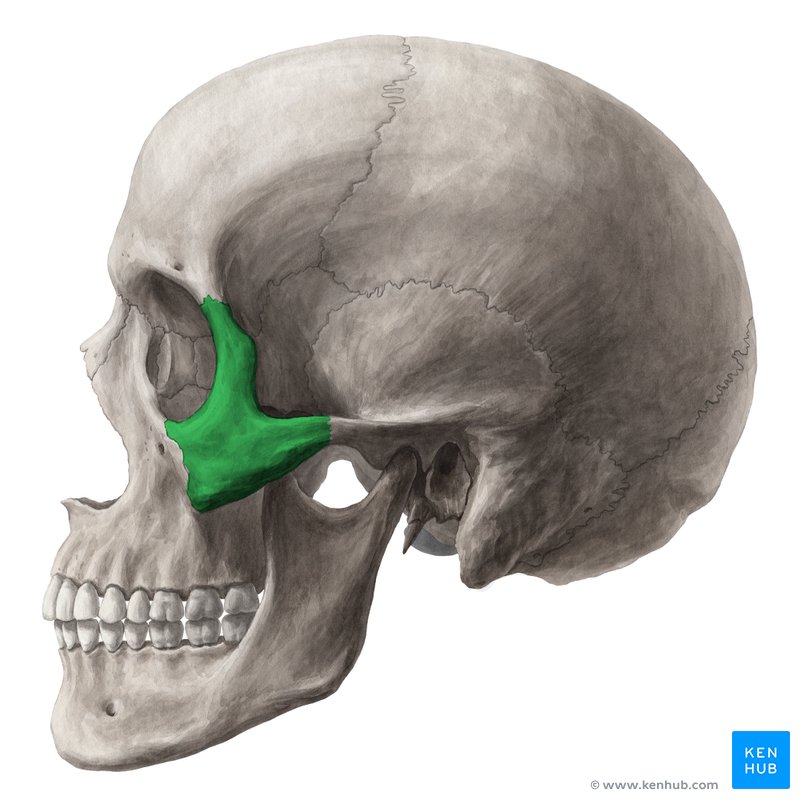
20th Century Changes in Dentistry
The 20th century was a period of incredible transformation for dentistry. The first artificial teeth were created in 1872, and the first dental hygienist was licensed in 1901. By the 1920s, most dentists had their own private practices. By the end of the century, dentists had access to lasers and other high-tech equipment. They’d also begun using computers in their practices, and the first online dental referral services had appeared.
The Future of Dentistry
What does the future of dentistry have in store? Thanks to the development of new materials and technologies, the coming decades could see even more dramatic changes than the past few centuries have. Most promising is the advent of 3D printing. It’s expected that dentists will be able to 3D-print replacement teeth within the next few decades.
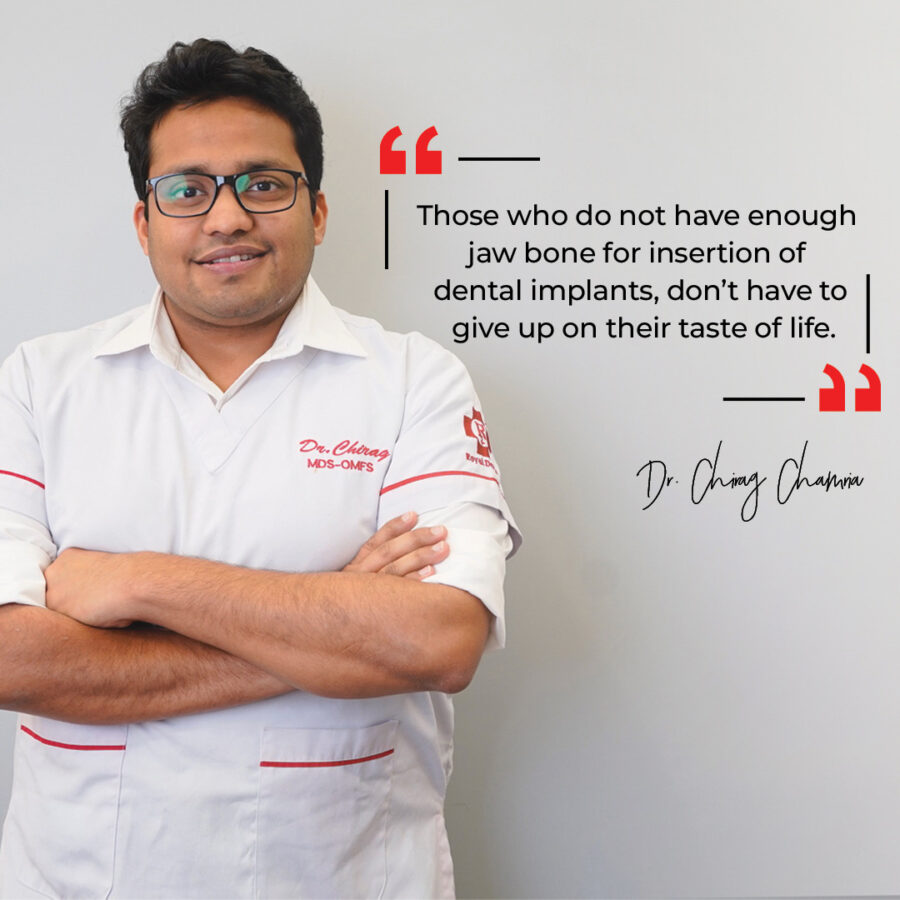
There are also new materials being developed that could make dental work more durable than ever. And there are new ways to administer anesthesia that could make dentistry even more humane. One thing is certain: The future of dentistry looks bright.
Conclusion
Dentistry has come a long way since its early days as a simple oral hygiene practice. Modern dentists use cutting-edge technology, practice evidence-based medicine, and provide a wide range of services. These changes are good news for patients, as they allow them to get more out of their dental visits. However, these developments also mean that more people need to take good care of their teeth. If you want to keep your teeth for a lifetime, you’ll need to practice good oral hygiene and visit the dentist regularly.



